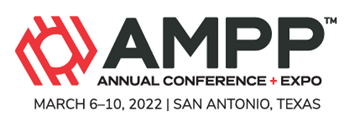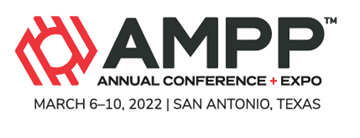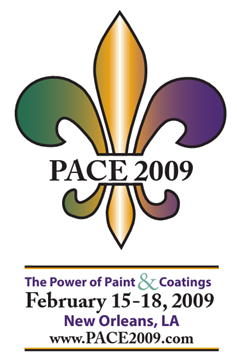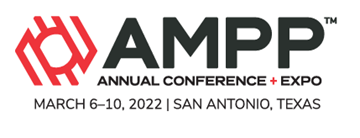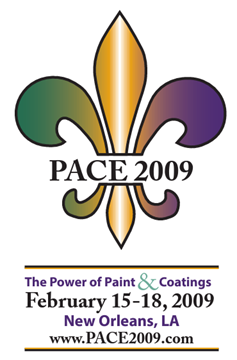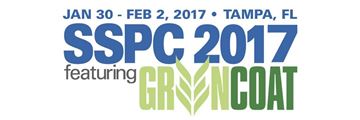Search
Individual Conference Papers
View as
Sort by
Display
per page
New Disposable Spray Systems: Quick to Change, Quick to Clean, Quick to Coat
Product Number:
41205-182-SG
Publication Date:
2005
$20.00
New Experiences With Explosion Clad Alloys UNS N06058 And UNS N06059
Product Number:
51322-17650-SG
Publication Date:
2022
$20.00
New Frontiers for the Pipeline Integrity Management
Product Number:
MPWT19-15016
Publication Date:
2019
$0.00
New Insight Into The Mechanisms Of Iron Carbonate Formation In Sweet Carbonate Reservoir During Acid Stimulation
Product Number:
51321-16531-SG
Publication Date:
2021
$20.00
New Insights On Groove Criticality Formed Onto Carbon Steel After Sulfide Stress Cracking Test
Product Number:
51322-17871-SG
Publication Date:
2022
$20.00
New Long Service Life Topcoats For Pad-Mounted Transformer Enclosures.
Product Number:
51322-18088-SG
Publication Date:
2022
$20.00
New Material Application Limits of Duplex Stainless Steel in Sour Service
Product Number:
51319-12814-SG
Publication Date:
2019
$20.00
New Method for Etching Concrete without the Environmental Drawbacks
Product Number:
41209-483-SG
Publication Date:
2009
$20.00
New Method for Etching Concrete without the Environmental Drawbacks
Product Number:
41206-251-SG
Publication Date:
2006
$20.00
New Reactive Diluent to Reduce the VOC Content of Polyurethane Acrylic Coatings
Product Number:
51217-050-SG
Publication Date:
2017
$20.00
New Solvent-Free Waterborne Epoxy Resin Dispersion for Low VOC 2-Pack Protective Coatings
Product Number:
41212-723-SG
Publication Date:
2012
$20.00


